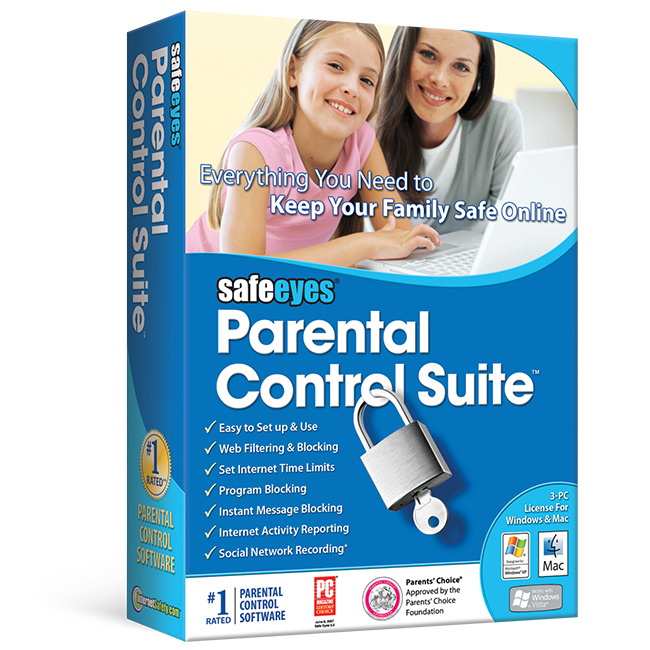
Social networking has become very popular in the recent years. The definition of a social network is a “social structure made up of individuals which are ties by one or more specific types of interdependency.” This interdependency can by a friendship, family, common interest, common belief, or other types of relationships. With use of the internet, social networking is tremendously growing because people can connect and communicate from all parts of the world, whether it’s through personal relation or not.
The most common type of social network is the networks that unite school students and former classmates such as Facebook. Facebook was originally created for college students, so that only people with an active college e-mail address could have access to creating a personal Facebook page. Now, Facebook has expanded to all age groups. Young children have personal Facebook pages as well as elderly people and everyone in between. Popularity of Facebook grew so rapidly because it’s an easy and fun way for people to stay in contact no matter where in the world they are.
http://en.wikipedia.org/wiki/Social_networking











